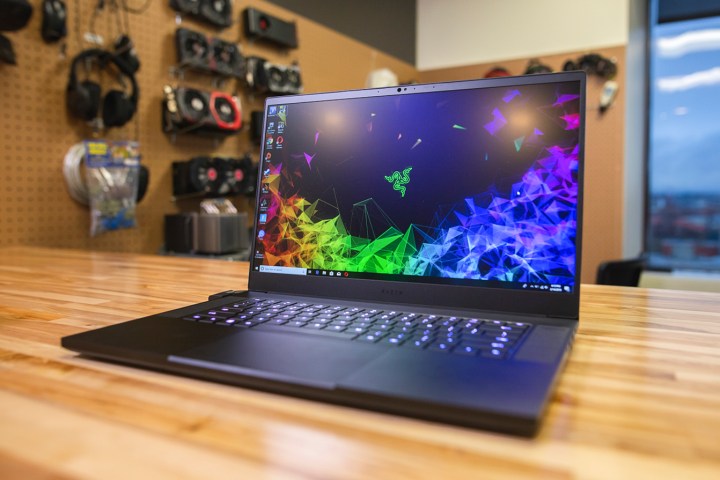
Hot on the heels of Nvidia’s GTX 1660 Ti making its desktop debut, Nvidia may be planning to bring its cut down Turing GPU to laptops, too. Although Nvidia is keeping silent on the matter, a graphics benchmark result — that looks suspiciously like a laptop-targeted 1660 Ti — has been spotted, suggesting that it may not be long before Nvidia’s GTX 1060 sequel card is available to mobile gamers.
Nvidia has a number of mobile versions of its Turing graphics cards available already, from the superpowerful RTX 2080 to the Max-Q version of that same chip with lower clock speeds, and a much lower thermal footprint (that is our top choice for mobile graphics). But the two big RTX features, ray tracing and deep learning supersampling, aren’t exactly setting the world on fire. That, combined with a much lower price tag, should make the GTX 1660 Ti Turing graphics card one of the most popular of this current hardware generation and a mobile counterpart of that would likely see similar success.
The potential 1660 Ti laptop GPU was spotted on the GeekBench results repository. It has the designation, “N18E-G0” which, as NotebookCheck highlights, has the same naming convention as the mobile versions of the RTX 2060, 2070, and 2080.
That said, the chip in question is reported to have a total of 14 compute units, which is noticeably less than the 1660 Ti’s 24. That could mean that this is more of a GTX 1650 for laptops. Its maximum frequency is listed at 1,560MHz and its core is paired up with 4GB of memory. Its OpenCL benchmark score of 114,206 makes it around half as capable as the RTX 2060, according to NotebookCheck.
There is no indication of when this rumored mobile graphics chip will be made available to the wider public, but the GTX 1050 mobile chips launched a few months after the other mainstream cards from the Pascal generation. It may be that we’ll see this laptop graphics chips make its debut a month or two after the release of the desktop 1660 Ti.
Another option for midrange laptop gamers is the RTX 2060. Nvidia’s lowest-tier RTX graphics core has a full complement of RT and Tensor cores, making it capable of entry-level ray tracing and DLSS. It’s noticeably more powerful than the 1660 Ti, too, so it could be a good choice for those who want more than the 1660 Ti offers in both features and performance.




